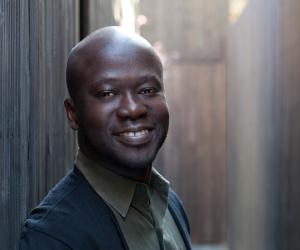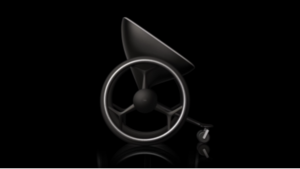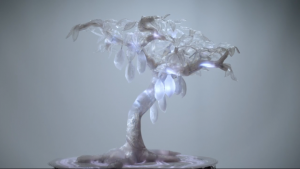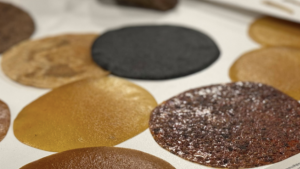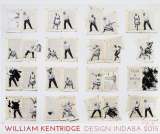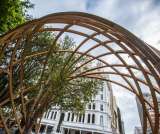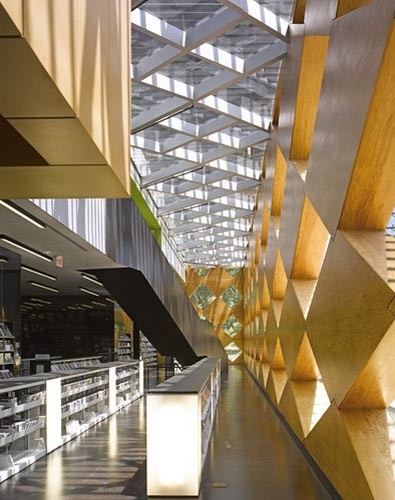
Let there be light...
Examples such as Carnage House (designed for an art collector in New York), Sunken House, Dirty House and MCA Denver demonstrated a masterful and innovative use of materials - black concrete poured in ways that honour the integrity and even beauty of the material, the use of a variety of appropriate wood substrates for decks, stairs, slats, load-bearing glass, the interplay of black or white - for walls, floors and ceilings - all washed with magical diffused lighting both LED and from his signature light wells.
...And there was light
If the main objective of a library is to have a place to reflect, research, to encourage people to linger, the Francis Gregory Library in Washington DC covers all the bases. In context of what we know about Adjaye's African architectural safari, the scale of diamond blocks that alternate with mirrors on the facade of this building are strangely witty, as if the 1960s breezeblocks used in the architecture of African cities had just been enlarged, creating nooks ideal for lounging with a book.
Geometric patterned basket lights imported from Senegal add an overtly African touch. Throughout the whole building, the lattice motif of walls and ceilings become interwoven with a play of light like some oversized basket itself.
Like the morning light itself, Adjaye's mastery of light was beginning to dawn - as he revealed the orientation of the 27-acre round-based building "operating as a solar clock", drawing light in through four colours of glass throughout the day and finishing with golden glass of the facade oriented towards the West and sunset. The completed building reaches out into the surrounding space like a Malevich painting projected in 3-D - a super-scale, post-modern henge.
As with the Moscow project, the position of the building is given special importance - the oculi of the building will orientate toward the nearby centres of power and pride - the Lincoln and Jefferson memorials, the White House, the Karnak needle and the reflecting pool where Martin Luther King gave his famous "I have a dream" address.
There is sense of awe in this architecture, a legacy of ancient Masonic knowledge descended from of the high priests of Egypt, the power symbols of African kings, a geomancy in honouring of the cardinal points and the movement of the sun...
After the standing ovation and goose bumps had died down, MC Michael Bierut posed the interesting insight that not once throughout the presentation had the word beautiful been used. Adjaye's response - that beauty is fleeting, changing with each generation, and that emotional is the new word for beauty.
Feel it!
Construction of the Museum of African American History is expected to be completed by 2015, and this is when Adjaye's skills, previously the domain of the elite, will be able to be experienced and appreciated by all.

